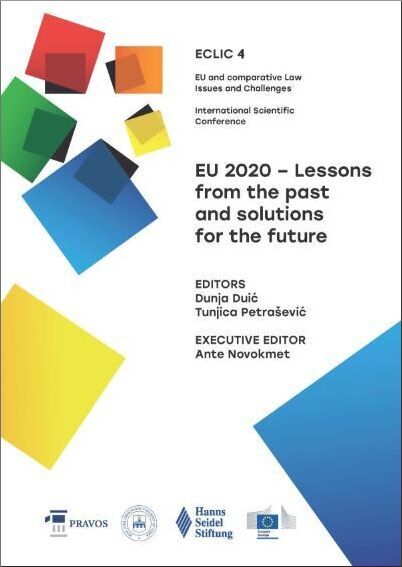FEW QUESTIONS YET TO BE ANSWERED IN REGARD TO THE ARTICLE 7 OF THE EUROPEAN CONVENTION ON HUMAN RIGHTS
DOI:
https://doi.org/10.25234/eclic/11921Abstract
The aim of this paper is not only to analyze the case-law of ECtHR and its development of the principle nullum crimen, nulla poena sine lege, but also to determine and draw attention to some unresolved issues, ambiguities, and inconsistencies regarding the Article 7. Special attention will be paid to the distinction that ECtHR draws between the imposition of a penalty and its enforcement, where the latter is not considered as part of the “punishment” within the meaning of Article 7, leading to the conclusion that the prohibition of retroactivity has no effect on it. The paper will analyze ECtHR’s reasoning related to this matter and test the opposite thesis that the ex post facto prohibition should be applied on the enforcement of the penalty in the same manner as it is applied on its imposition. The influence of the EU Charter of Fundamental Rights on the development of the prohibition of retroactivity will also be emphasized. Furthermore, in the case of Scoppola v. Italy (No. 2), ECtHR has specified that the rules on retroactivity do not apply to procedural laws, which immediate application is in conformity with the tempus regit actum principle. However, as it will be argued, there are some examples that may show how their retroactive application increases the likelihood of the conviction and therefore puts the defendant in a detrimental position, breaching the principle of legal certainty. In the light of that, it will be discussed whether the rules of criminal procedure should be given retroactive effect, particularly when they benefit the accused.
Downloads
Published
How to Cite
Issue
Section
License
Copyright (c) 2020 Ana Zdravković

This work is licensed under a Creative Commons Attribution-NonCommercial 4.0 International License.
Authors retain the copyright on the papers published in the Journal, but grant the right of first publication to the Journal. Papers accepted for publication or already published in ECLIC of the Faculty of Law in Osijek may be published by the author(s) in other publications only with proper notice of its previous publication in ECLIC.


